In pictures: The Last Iceman of Ecuador
Our photographer, Gavin Haines, chronicles the extraordinary life of Baltazar Ushca, who climbs Ecuador’s highest mountain every week to collect ice from its glacier. Fridge-freezers have all but killed his trade, but he makes the perilous journey regardless.
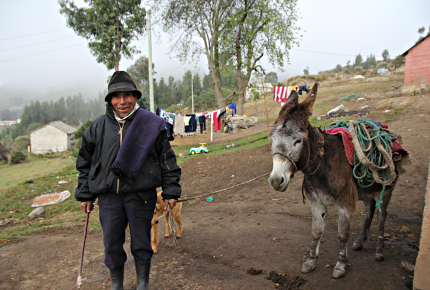
After sunrise Baltazar and his dependable donkey, Jole, set off from his house in the foothills of Chimborazo. They do this twice a week, whatever the weather, on Thursday and Friday.
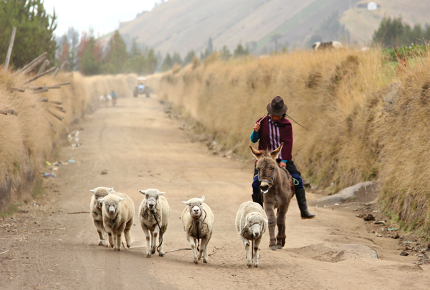
Baltazar isn't the only one at work: at sunrise rural Ecuador springs to life. Here a shepherd from a neighbouring village guides her flock to pastures new.

On his way up Chimborazo, Baltazar stops in a meadow to cut the long grass. He weaves this grass into baskests and ropes, which he will use to carry the ice.

Baltazar then collects his other two donkeys: Widinson and Luis Guaman. Widinson tends to run off while he's being saddled, hence the blanket over his face.
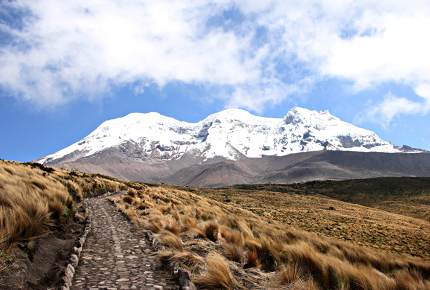
Chimborazo's snowy summit is the closest point on Earth to the sun due to something called the equatorial bulge, which pushes it beyond Mount Everest. The wind up there is brutal.
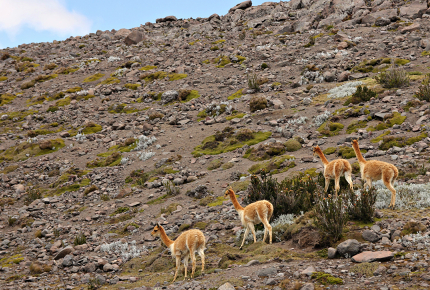
A flock of vicunas, a relative to the llama, graze on the rocky bluffs of Chimborazo. Wolves and birds of prey also accompany Baltazar up Chimborazo. He rarely sees anyone else.
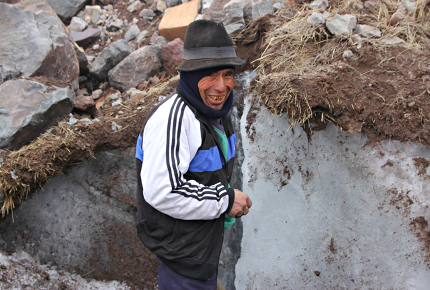
It takes Balatzar a couple of hours to reach his "ice mine", which was discovered by his father. "He taught me how to do this work," says the iceman. "Only strong men can do it."
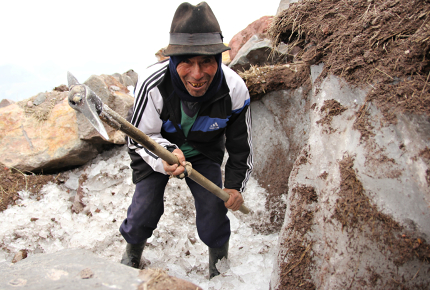
He chips away at the glacier with a pickaxe and crowbar. It takes him approximately two hours to mine the ice. Landslides are a fear. "It's dangerous work," he says.
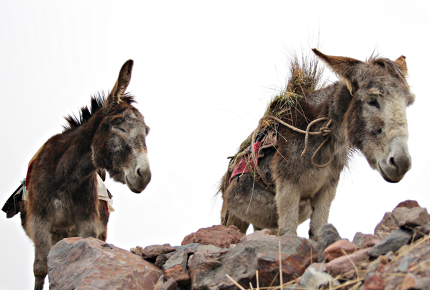
As Baltazar mines the ice, his donkeys take a well-earned rest. Between them they will have to carry 10 blocks of ice down the mountain, weighing 25kg each.

Baltazar wraps the ice in his grass baskets. Fridge-freezers have all but killed his industry, pushing others out the trade, but he has a few loyal customers who pay $5 per block.
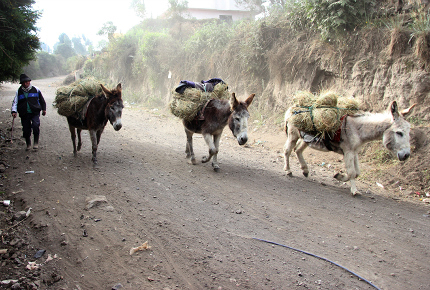
It takes Baltazar and the donkeys several hours to walk back to his village, Cuatro Esquinas, where he unloads the ice. Tomorrow he will sell it at Riobamba market.
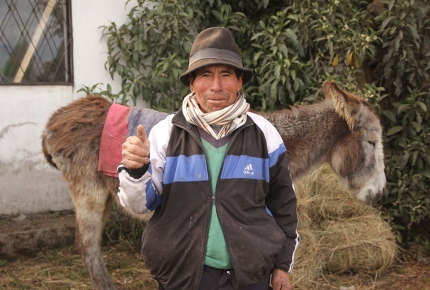
"I love this work," says Baltazar, who has been plying his trade as an iceman since he was 15. He's now 71. "I will do this until I go to God."
Do you have any Feedback about this page?
© 2026 Columbus Travel Media Ltd. All rights reserved. No part of this site may be reproduced without our written permission, click here for information on Columbus Content Solutions.









 You know where
You know where